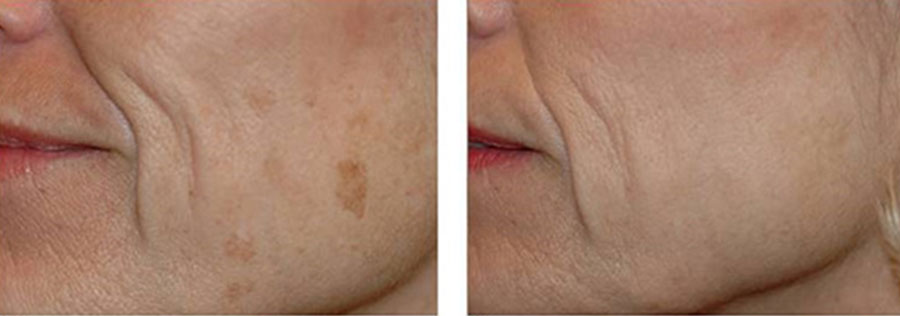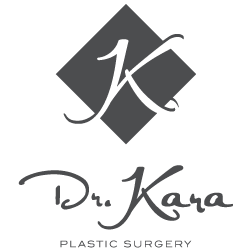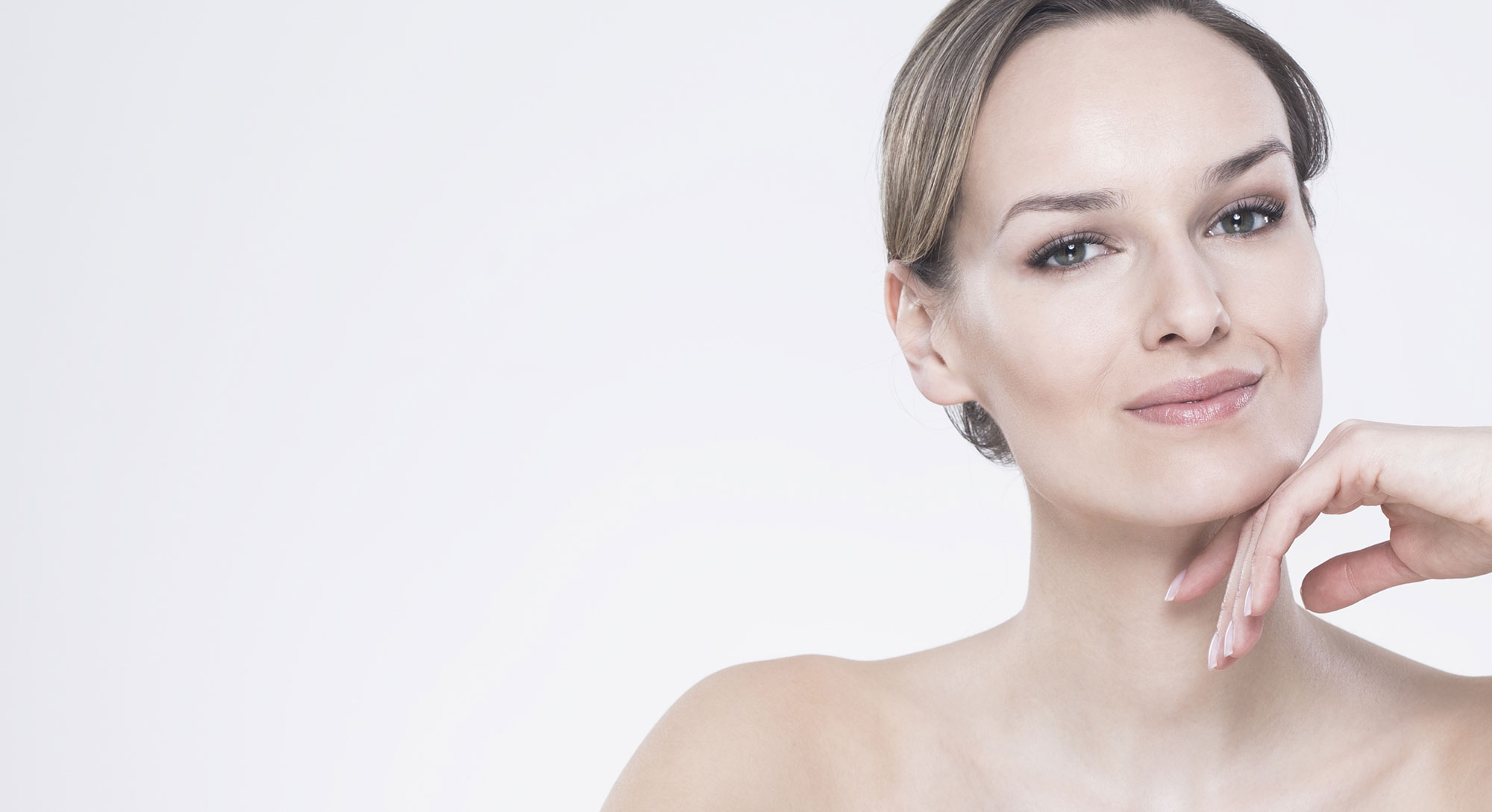Remove Damaged Skin
We offer three laser skin resurfacing technologies that you can take advantage of: Hollywood Laser Peel, ECO2 & Sciton. The best one for you will be determined during your consultation.
How laser skin resurfacing can help you
While laser skin resurfacing is most often used to smooth fine wrinkles around the eyes and mouth, it can also help with facial scars and uneven pigmentation. Laser skin resurfacing is often chosen for treatment or removal of:
- Lines and wrinkles
- Pigmentation problems
- Uneven skin textures
- Skin growths

Candidates
The benefits of laser skin resurfacing are not for everyone. Patients must be realistic in their expectations, as the procedure will improve mild to moderate wrinkles, but cannot remove deep furrows or certain types of scars. To assist with age-related concerns such as lines, an injectable treatment such as BOTOX may be appropriate.
Your laser skin resurfacing
The procedure takes anywhere from a few minutes to an hour, and may require more than one session to be fully effective. Patients are given anaesthesia and the laser treatment is customized according to the patient's desires and skin type. The laser works by heating water molecules on the uppermost layer of skin. This forces the skin to form new collagen and elastin fibers, which leads to firmer, tighter, more beautiful skin.

At a Glance
- Price Please call for pricing
- Recovery None
- Length Of Treatment 20 minutes to over an hour
- Back To Work Immediately
Results And Aftercare
Skin after laser resurfacing requires the same time and treatment as a second-degree burn, and Dr. Kara may prescribe antibiotics and/or anti-inflammatory medications. The recovery time ranges between one and two weeks, depending on the intensity of the procedure, and patients will need periodic evaluation in the following days and months.
Side effects of the procedure include swelling, redness, and itching, which should subside within a few days. The results are long-term, but new wrinkles and expression lines are likely to form once again over time.
Patients may not find that facial redness fades until around 6 months. They may be temporarily sensitive to makeup. For some patients, full skin pigmentation may not return until 6 months to a year after the treatment, patients must avoid sun exposure and use sun protection. The procedure does have some risks and side effects, such as burns, scarring, and flare-up of dormant infections such as cold sores.
Tips for a faster laser skin resurfacing recovery
You can expect some amount of swelling after your laser skin resurfacing session. This shouldn't last more than 2-5 days, or just a bit longer if you're particularly sensitive. To reduce swelling in the first 24 to 48 hours, apply cold packs to the affected area. You should also keep your head elevated while you sleep.
To prevent an infection, wash your face twice a day using the recommended cleanser. You should use a gentle cleanser and massage your face gently in order to remove dead skin cells and any dirt that may promote infection.
You should avoid sun exposure because it can cause hyperpigmentation and delay the healing proceess. If you must be out in the sun, use a hat, sunglasses and a sunscreen with minimum SPF 30.
Top myths about laser skin resurfacing
1. Laser skin resurfacing will thin your skin.
In reality, it does quite the opposite. Laser skin resurfacing stimulates cell and collagen growth and so you will have thicker, stronger and healthier skin.
2. Laser skin resurfacing is painful.
While pain tolerance is unique to the individual, the latest lasers today have built in cooling systems that improve comfort during the procedure. Typically, a topical numbing cream can be applied a few minutes prior to the treatment as well.
3. All lasers are the same.
Nowadays, there are two types of lasers: ablative and non-ablative. Ablative laser skin resurfacing removes the outermost layer of your skin with heat, while non-ablative laser skin resurfacing relies on wavelengths at specific lengths to enter the epidermis and stimulate deeper tissues, without destroying it. Non-ablative lasers tend to be associated with less discomfort and a faster recovery.
4. Laser skin resurfacing is not safe for dark skin types.
Non-ablative laser skin resurfacing is very safe and effective for dark skin tones. Actually, most non-ablative lasers are safe for all skin types.
5. You don't need laser skin resurfacing treatments after a facelift.
The truth is that surgery does not improve the texture of your skin. Laser skin resurfacing will stimulate your body to produce its own fresh collagen and elastin — things that a facelift can't do.

Removing Damaged Skin to Reveal Your Healthier Complexion Underneath
Laser skin resurfacing is an effective way to remove the damaged skin layers that form on top of the healthier skin layers lying below. By doing this, your skin rejuvenates itself by replenishing damaged cells with fresher, younger ones for a resilient, more vibrant complexion.

